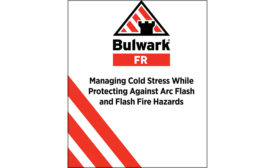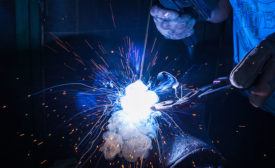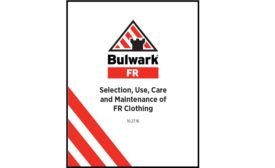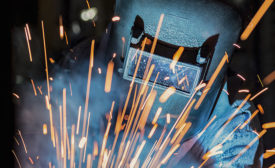FR Protection
Sponsored Content
Protecting What is Built to Protect: Maintenance of AR/FR Workwear
May 28, 2020
Training
IEEE 1584: What to know about your next arc flash analysis
Complex calculations
April 1, 2020
FR
Mining electrocutions trigger MSHA alert
The Mine Safety and Health Administration issues electrical safety best practices
December 3, 2019
Friendly persuasion beats negative safety training lectures
Safety needs a “common language”
August 1, 2019
Never miss the latest news and trends driving the safety industry
eNewsletter | Website | eMagazine
JOIN TODAYCopyright ©2024. All Rights Reserved BNP Media.
Design, CMS, Hosting & Web Development :: ePublishing











